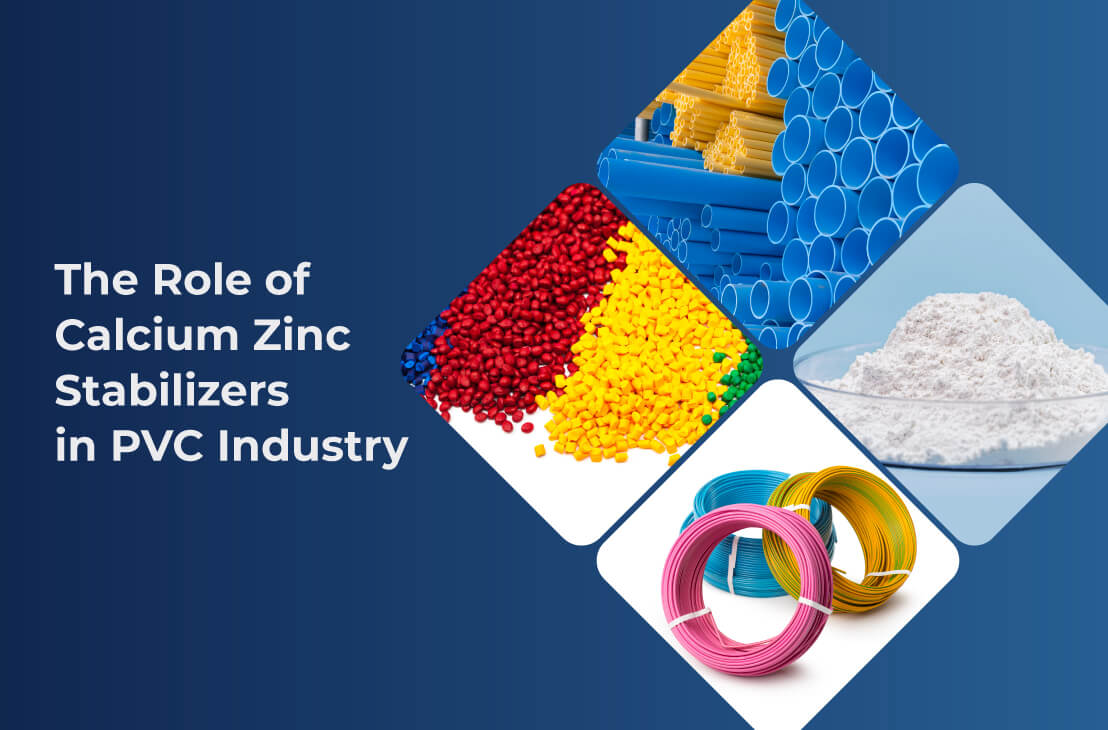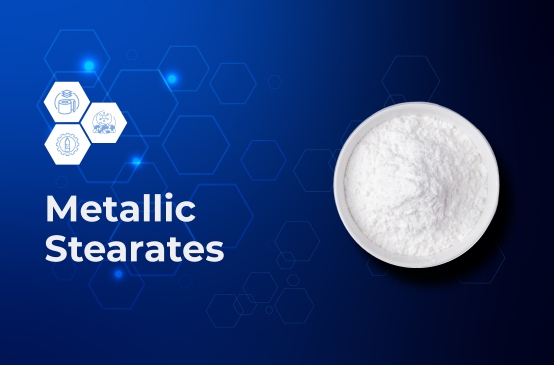The need for longevity and stability has always impacted progress throughout human history. The alchemical dance of combining metals to create higher qualities has resonated throughout civilizations and epochs, from the furnaces of ancient forges to the labs of contemporary materials science. This mixed-metal stabilisers study celebrates the creativity and curiosity that characterise human existence.
The earliest metalworkers who experimented and combined various metals out of need during the early phases of human civilization are the source of mixed metal stabilisers. History texts are replete with stories about how copper and tin were combined to create the ancient alloy known as bronze. By creating something that was far more than the sum of its components, this metallurgical alchemy provided humanity with access to a revolutionary material that was used to fight wars, decorate kingdoms, build infrastructure, and create artistic endeavours.
The Renaissance gradually arose along with a renewed interest in science and metallurgy. Visionaries such as Leonardo da Vinci and craftsmen throughout Europe experimented with different alloys in an effort to solve the puzzles surrounding metal fusion, creating powerful weapons, complex machinery, and amazing structures that served as everlasting testaments to human inventiveness.
Because of advances in materials science, mixed metal stabilisers have never been more applicable than they are in the modern day. Combining different metals is no longer just an art; it is today a science, driven by precision and creativity. Accurately designed alloy mixes have shown advantages for many sectors, from manufacturing and construction to electronics and medical, enhancing the robustness, utility, and affordability of materials that support modern life.
The advancement of mixed metal stabilisers offers hope for an ever-improving future filled with scientific discoveries and environmental goals. New alloys and compositions that embrace sustainability and strengthen materials against the effects of ageing are continually being created in the furnace of invention. These materials symbolise the harmonious cadence of technical advancement and environmental stewardship.
Mixed Metal Stabilisers' Historical Inception
The practice of ancient craftsmen experimenting with metal alloying to improve the qualities of tools, weapons, and buildings gave rise to mixed metal stabilisers. The Greeks, Egyptians, and Mesopotamians were among the first societies to understand that mixing various metals could create products with greater strength, durability, and resistance to corrosion.
For example, when copper and tin were combined to create bronze, a metal alloy that was more durable and practical than either metal alone, metallurgy advanced significantly during the Bronze Age. This discovery ushered in fresh periods of social advancement by revolutionising tools, weapons, and architectural design.
Contemporary Uses and Progress
These days, mixed metal stabilisers are used in many different areas, such as electronics, healthcare, and manufacturing. Scientists may now combine many metals in precisely the right quantities to produce desired qualities because to scientific developments in metallurgical sciences and engineering.
One frequent use is in the stabilisation of PVC (polyvinyl chloride), where the use of mixed metal stabilisers is required to increase the heat and UV radiation resilience of PVC products. The automobile industry has also adopted mixed metal stabilisers to prolong the life and improve the performance of parts of cars exposed to harsh environments.
Progress and Opportunities
Research on mixed metal stabilisers has bright futures as efforts are underway to find sustainable substitutes, boost productivity, and create superior compositions. Research and development of environmentally friendly stabilisers that reduce environmental effect without sacrificing performance is becoming more important as sustainability becomes an urgent issue.
Furthermore, by permitting previously unheard-of levels of precision in the forecasting and optimisation of mixed metal stabilisers, developments in computer modelling and artificial intelligence are revolutionising the design of materials. This convergence of state-of-the-art technologies may expedite the identification and application of novel stabilisers in various sectors.







